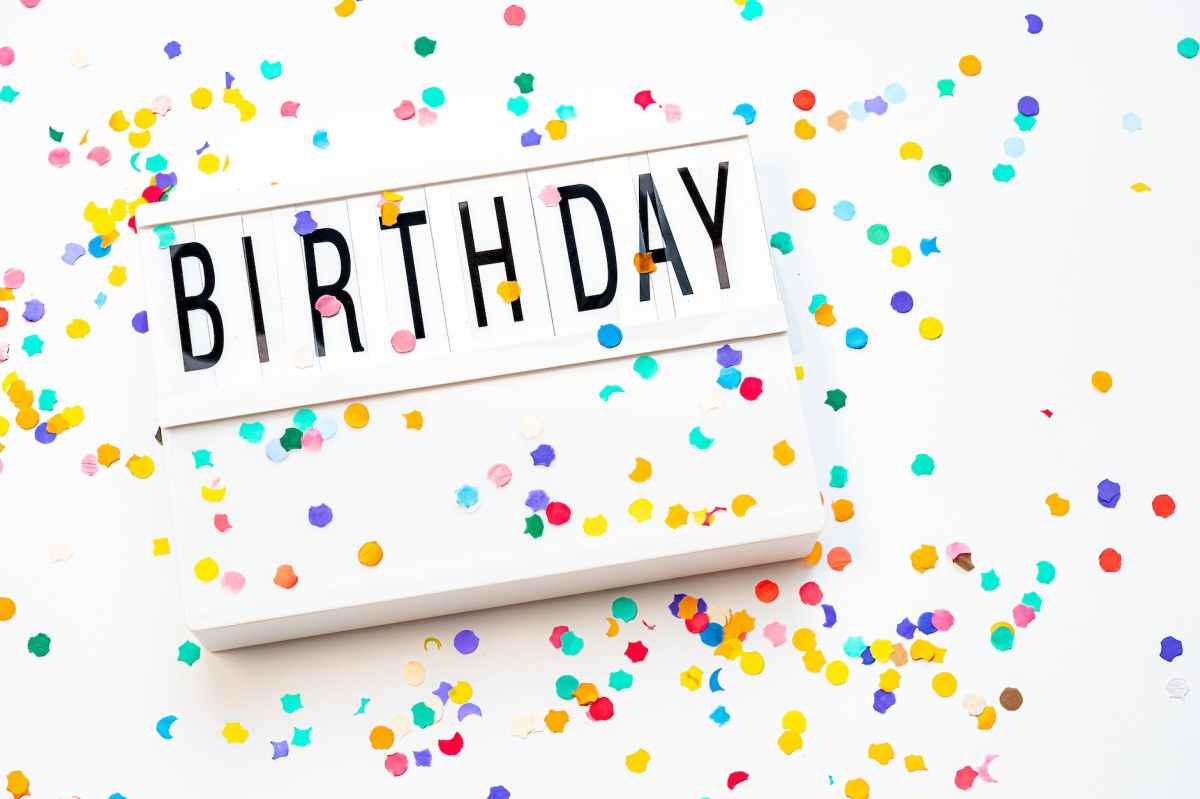Poetry is a vast genre, one that encompasses epics, haikus, sonnets, and ballads among other forms. While the genre may appear intimidating at first, many come to adore the lyrical rhythms and unique ways of storytelling and conveying emotions. So, in continuation with our Genre Starters series, here is a list of poems and collections of poetry from different times and places.
*Book descriptions provided by the publishers via the library catalog, unless otherwise noted.
The Shambhala Anthology of Chinese Poetry edited by Jerome P. Seaton
A collection of poems and essays that explore the main styles of Chinese poetry and the major poets from ancient times to the present.
The Odyssey by Homer
An epic poem from ancient Greece that chronicles the adventures of Odysseus, the king of Ithaca, and his crew on their ten-year voyage home after the events of the Trojan War.
– Description written by Sarah Blevins
Beowulf by Anonymous, translated by J.R.R. Tolkien
The translation of Beowulf by J.R.R. Tolkien was an early work, very distinctive in its mode, completed in 1926. Tolkien returned to it later to make hasty corrections, but he seems never to have considered its publication. This edition is twofold, for there exists an illuminating commentary on the text of the poem by the translator himself, in the written form of a series of lectures given at Oxford in the 1930s. From these lectures a substantial selection has been made to form a commentary on the translation in this book. The accompanying Sellic Spell is a story written by Tolkien suggesting what might have been the form and style of an Old English folktale of Beowulf, in which there was no association with the historical legends of the Northern kingdoms.
The Song of Roland by Anonymous, translated by Frederick Goldin
French literature, it has been said, began with “The Song of Roland.” This great narrative poem of the late eleventh century share with its epic predecessors by Homer and Vergil a heroic vision of war and warriors. The historical battle of Rencesvals in A.D. 778 was a thwarted enterprise ending in a painful loss, the death of Charlemagne’s greatest knight, Roland. In the poem, however, this story of betrayal, defeat and futile death is transfigured into an idealization of chivalry and valor. The vigor and simplicity of the poem — it uses a vocabulary of fewer than two thousand words in its four thousand lines — are recreated in Frederick Goldin’s fluent, idiomatic line-by-line translation into verse that retains the rhythm of the original. His introduction is an absorbing description of the historical, cultural, and literary contexts of the poem.
The Divine Comedy by Dante Alighieri
Originally written in Italian and simply titled Comedia, Dante’s Divine Comedy follows the journey of a fictionalized version of the author as he travels through the depths of hell, up the mountain of Purgatory, and finally to Paradise with the guidance of his mentor, Virgil, and his lost love, Beatrice.
– Description written by Sarah Blevins
Bashō’s Haiku: Selected Poems by Matsuo Bashō
Basho’s Haiku offers the most comprehensive translation yet of the poetry of Japanese writer Matsuo Basho (1644-1694), who is credited with perfecting and popularizing the haiku form of poetry. One of the most widely read Japanese writers, both within his own country and worldwide, Basho is especially beloved by those who appreciate nature and those who practice Zen Buddhism. Born into the samurai class, Basho rejected that world after the death of his master and became a wandering poet and teacher. During his travels across Japan, he became a lay Zen monk and studied history and classical poetry. His poems contained a mystical quality and expressed universal themes through simple images from the natural world.
Selected Poems and Prefaces of William Wordsworth by William Wordsworth
The Romantic era of literature boasted many great poets, but William Wordsworth is arguably one of the most well-known. This collection features many of his famous works, including “Tintern Abbey,” “I Wander Lonely as a Cloud,” and “She Dwelt Among the Untrodden Ways” among other poems that primarily focus on the beauty of nature and the wonders of days past.
– Description written by Sarah Blevins
Sonnets from the Portuguese: A Celebration of Love by Elizabeth Barrett Browning
Forty-four poems examine the depth and complexities of married love and shares a wife’s feelings for her husband.
The Collected Poems of Emily Dickinson by Emily Dickinson
Collected Poems of Emily Dickinson is the complete collection of the first three volumes of poetry published posthumously in 1890, 1891, and 1896 by editors Mary Loomis Todd and Thomas Wentworth Higginson. The volumes were all received with high acclaim and contain some of her best-known poems. It was in the twentieth century, however, that Dickinson was finally recognized as one of the great poets and, without dispute, the most popular. Reading through the poems in Collected Poems of Emily Dickinson, you will see that she was indeed a woman of independence and spirit, a poet that lives today in our hearts and minds.
– Description written by Sarah Blevins
Collected Poems of William Butler Yeats by William Butler Yeats
Irish poet W. B. Yeats is widely regarded as one of the great poets who bridged the gap between the nineteenth and twentieth centuries, with a creative career spanning for over sixty years. Key facets of Yeats’ poetry include allusions to and poems about Irish folklore, mythology, and the political struggles in his home country.
– Description written by Sarah Blevins
The Poems of T.S. Eliot by T.S. Eliot
This critical edition of T.S. Eliot’s Poems establishes a new text of the Collected Poems 1909-1962, rectifying accidental omissions and errors that have crept in during the century since Eliot’s astonishing debut, “The Love Song of J. Alfred Prufrock.” As well as the masterpieces, the edition contains the poems of Eliot’s youth, which were rediscovered only decades later, others that circulated privately during his lifetime, and love poems from his final years, written for his wife Valerie Eliot. Christopher Ricks and Jim McCue have provided a commentary that illuminates the imaginative life of each poem. Calling upon Eliot’s critical writings, as well as his drafts, letters, and other original materials, they illustrate not only the breadth of Eliot’s interests and the range of his writings, but how it was that the author of “Gerontion” came to write “Triumphal March” and then Four Quartets. Thanks to the family and friends who recognized Eliot’s genius and preserved his writings from an early age, the archival record is exceptionally complete, enabling us to follow in unique detail the progress of a mind that never ceased exploring.
The Collected Poems of Langston Hughes by Langston Hughes
The ultimate book for both the dabbler and serious scholar. Spanning five decades and comprising 868 poems (nearly 300 of which have never before appeared in book form), this magnificent volume is the definitive sampling of a writer who has been called the poet laureate of African America–and perhaps our greatest popular poet since Walt Whitman. Here, for the first time, are all the poems that Langston Hughes published during his lifetime, arranged in the general order in which he wrote them and annotated by Arnold Rampersad and David Roessel. Alongside such famous works as “The Negro Speaks of Rivers” and “Montage of a Dream Deferred,” The Collected Poems includes the author’s lesser-known verse for children, topical poems distributed through the Associated Negro Press, and poems such as “Goodbye Christ” that were once suppressed. Lyrical and pungent, passionate and polemical, the result is a treasure of a book, the essential collection of a poet whose words have entered our common language.
Collected Poems of Wendell Berry by Wendell Berry
Wendell Berry is a writer of great clarity and sureness. His love of language and his care for its music are matched only by his fidelity to the subjects he has written of during his first twenty-five years of work: land and nature, the family and community, tradition as the groundwork for life and culture. His graceful elegies sit easily alongside lyrics of humor and biting satire. Husbandman and husband, philosopher, and Mad Farmer, he writes of values that endure. His vision is one of hope and memory, of determination and faithfulness. For this volume Wendell Berry has collected nearly two hundred poems from his previous eight collections.
Native Guard by Natasha Tretheway
These poems explore the complex memory of the American South, a history that belongs to all Americans. The sequence forming the spine of the collection follows the Native Guard, one of the first Black regiments mustered into service in the Civil War. In the author’s hometown of Gulfport, Mississippi, a plaque honors Confederate POWs, but there is no memorial to these vanguard Union soldiers. This collection is both a pilgrimage and an elegy, as the author employs a variety of poetic forms to create a lyrical monument to these forgotten voices. Interwoven are poems honoring her mother and recalling her fraught childhood – as her parents’ interracial marriage was still illegal in 1966 in Mississippi.
The Hurting Kind by Ada Limón
An astonishing collection about interconnectedness–between the human and nonhuman, ancestors, and ourselves–from National Book Critics Circle Award winner and National Book Award finalist Ada Limón.
Sarah Blevins’ reviews reflect her personal opinions and not necessarily those of the library or university.










